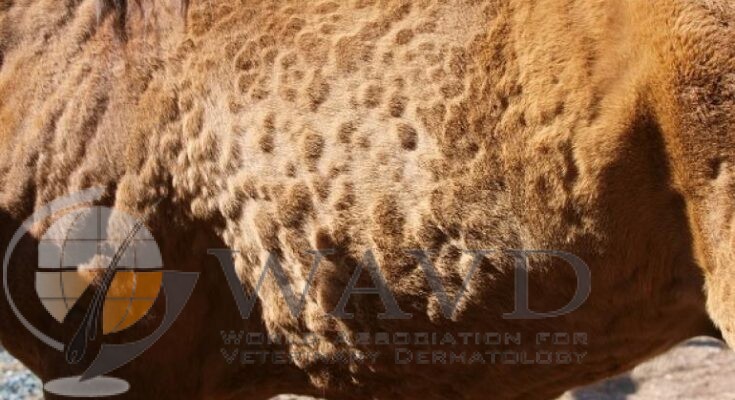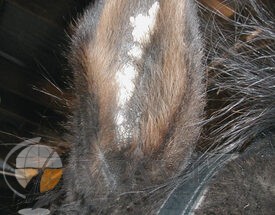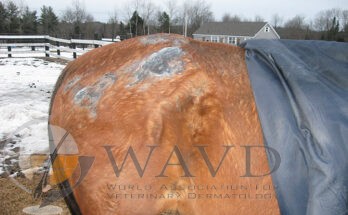Skin disease can adversely affect the health and welfare of horses, and disease can be exacerbated by delays in diagnosis and commencement of suitable treatment regimens, also not helped by clinical signs often being similar despite causes being different (infectious versus non-infectious) .
Infectious skin disease can be caused by bacteria, parasites, and fungi . Skin diseases caused by fungi are called mycoses and can be categorized as dermatophytosis and dermatomycosis. Dermatophytosis involves infection of the keratinized tissues including hair and stratum corneum, caused by fungi such as Microsporum, Trichophyton, or Epidermophyton.
Dermatomycoses are fungal infections of hair, claw, or skin caused by non-dermatophyte fungi, not classified in the aforementioned general. Fungal skin infections can also result from widely disseminated internal infections.
Fungal diagnosis requires a thorough description of the clinical signs, as well as accurate identification of the fungal organism; both are crucial for positive treatment outcomes. Equine fungal diseases can also be classified into superficial, cutaneous, subcutaneous, and deep mycoses .
Cutaneous infections are the most common fungal skin infections in horses, with dermatophytoses and onychomycoses commonly reported. Dermatophytoses are superficial, cutaneous mycoses caused by dermatophytes and these diseases are considered as zoonoses.
Geotrichum candidum is an etiological agent of equine dermatomycosis. In a study by Figueredo et al. (2011) , 28.1% of the horses with a suspected fungal infection, was due to Geotrichum candidum.
Those horses showed dry, erythematous, well defined circular alopecia in 92% of the cases and more rarely, desquamation and pruritus. Onychomycosis is a fungal infection of the hoof horn, commonly secondary to deterioration and disruption of the horn wall integrity often due to Scedosporium spp., Trichophyton spp. and Scopulariopsis brevicaulis. Other dermatomycoses are uncommonly diagnosed in horses.




